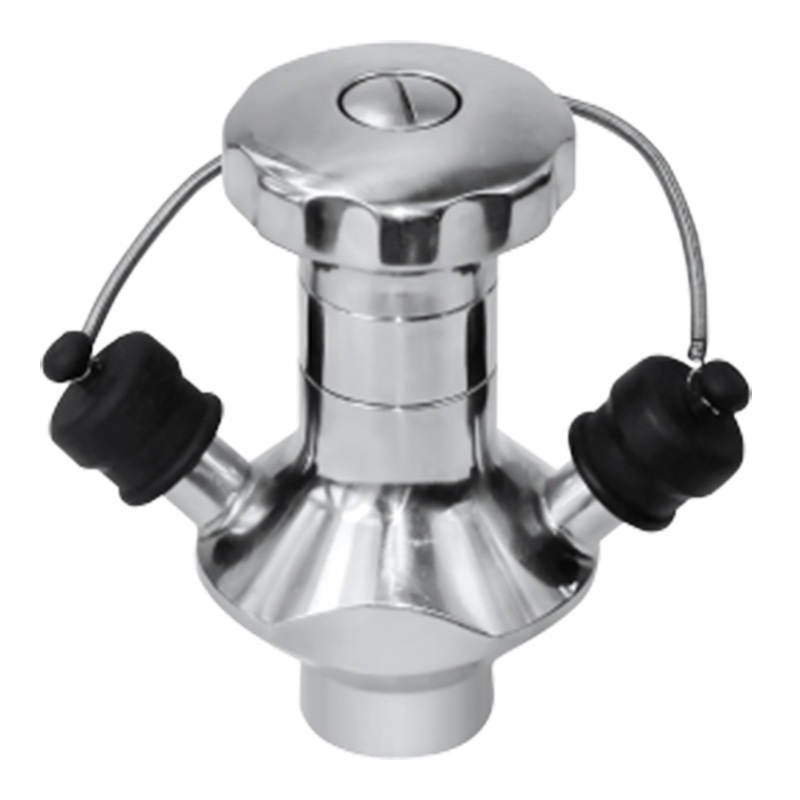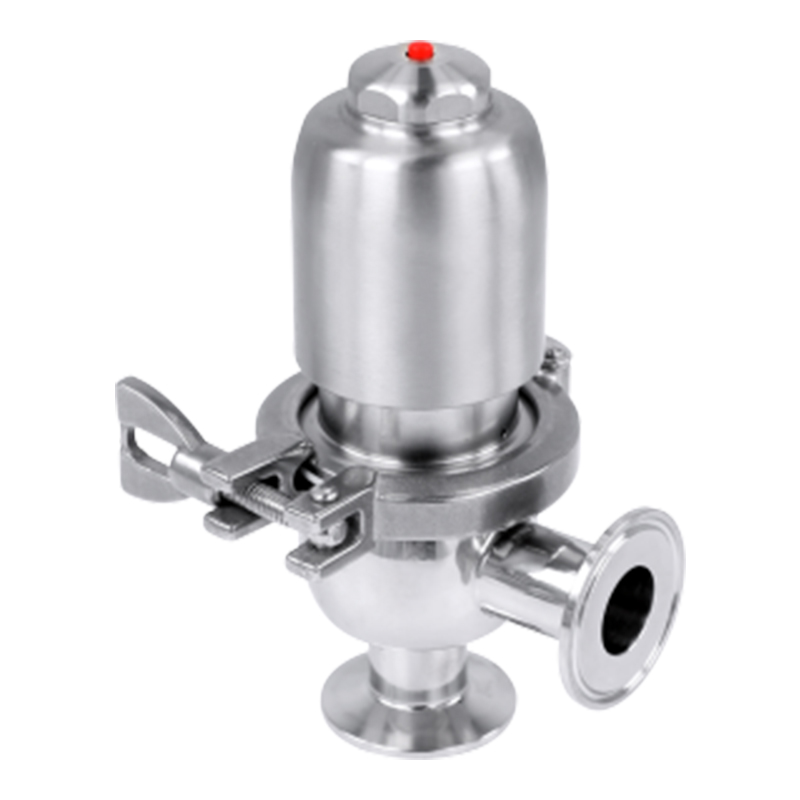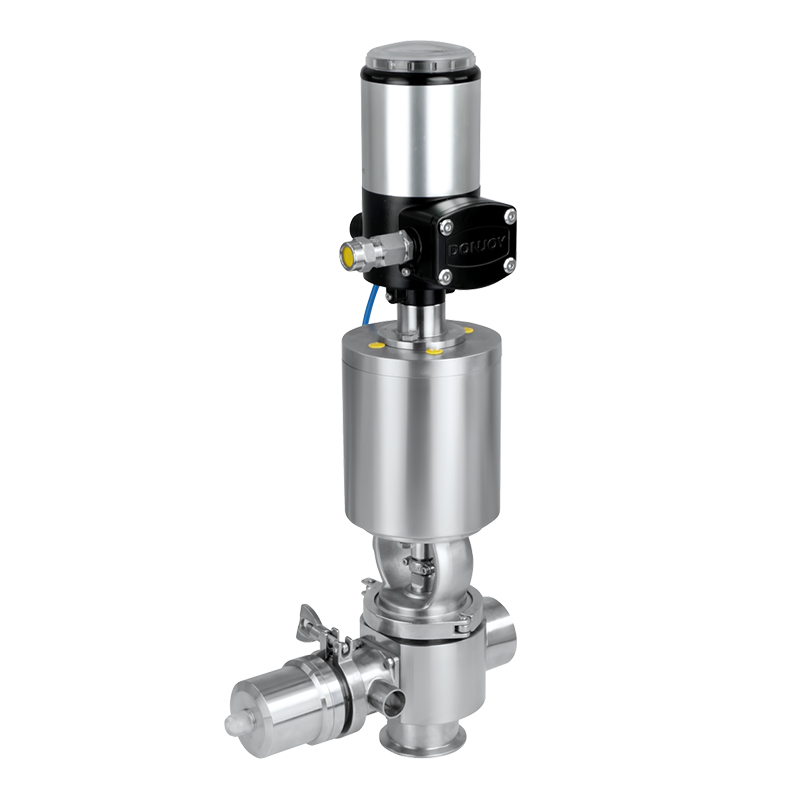In the world of fluid handling, twin screw pumps stand out as highly efficient and versatile devices. This article will delve into the details of twin screw pumps, exploring their working principles, advantages, applications, and more.
Twin screw pumps operate based on a simple yet effective mechanism. As the name implies, they consist of two intermeshing screws. These screws rotate in opposite directions within a pump housing. When they turn, the spaces between the screw threads and the pump housing form chambers. As the screws continue to rotate, the pumped fluid enters these chambers at the suction side of the pump. The rotation of the screws then moves the fluid - filled chambers from the suction side to the higher - pressure discharge side of the pump. One unique feature is that in most twin screw pumps, there is no metal - to - metal contact within the pump housing during operation. This design allows them to handle non - lubricating, corrosive, and contaminated fluids with good pumping performance. Additionally, the direction of flow can often be reversed by simply changing the shaft direction. The suction side then becomes the discharge side and vice versa, all without the need for any physical modifications to the pump.
1. Wide Range of Applications: Twin screw pumps are incredibly versatile. They can handle virtually any non - homogeneous fluid, regardless of its viscosity, lubricity, or abrasiveness. Whether it's seawater, bitumen, molasses, lime, acid, caustic solution, or hydrocarbon, twin screw pumps can get the job done. This makes them suitable for a vast array of industries, from oil and gas to food and pharmaceuticals.
2. Self - Priming: These pumps have the ability to self - prime, which means they can draw in fluid from a lower level without the need for external priming devices. This feature simplifies the installation and operation process, especially in applications where the pump may need to start up frequently.
3. Proportional Pumped Capacity to Speed: The capacity of a twin screw pump to pump fluid is proportional to its speed. This characteristic allows for easy flow rate adjustment. By simply changing the rotational speed of the screws (for example, through the use of a variable - speed drive), the flow rate of the pump can be precisely controlled according to the requirements of the process.
4. Compact Construction: Twin screw pumps are designed with a compact structure. This not only saves valuable space in industrial settings but also makes them easier to install in areas where space is limited. Despite their compact size, they can still deliver high - performance fluid handling.
5. Direct Drive Possibility: In many cases, twin screw pumps can be directly driven without the need for a speed - reducer. This reduces the number of components in the system, minimizing maintenance requirements and potential points of failure. It also leads to a more efficient power transfer from the motor to the pump.
6. Simple Change of Pumping Direction: As mentioned earlier, reversing the pumping direction is a straightforward process. This can be extremely useful in applications where fluid flow needs to be reversed periodically, such as in some cleaning or recycling processes.
7. Easy Maintenance: The design of Sanitary twin screw pumps often allows for easy replacement of pumping elements. In the event of wear or damage, the screws and other key components can be quickly and easily swapped out, reducing downtime and maintenance costs. Additionally, with features like external bearings in some models, which are separately lubricated and not in contact with the pumped fluid, maintenance is further simplified.
8. Suitable for a Variety of Media: They can handle fluids with high viscosities, making them ideal for applications involving thick substances like heavy oils, polymers, and certain food products. At the same time, they can also handle low - viscosity fluids effectively. Moreover, twin screw pumps can operate with fluids that contain some degree of entrained air or gas, and they can handle abrasive media to a certain extent, depending on the material of construction.
9. Low Pulsations and Noise Level: The operation of twin screw pumps is relatively smooth, resulting in low pulsations in the fluid flow. This is beneficial in applications where a steady and consistent flow is required, such as in the transfer of sensitive fluids or in processes where pulsations could cause damage to equipment downstream. The low - noise operation also makes them suitable for use in environments where noise pollution needs to be minimized, like in some food and pharmaceutical production areas.
10. Dry Running Capability: Some twin screw pumps are designed to be able to run dry for short periods without significant damage. This can be a valuable feature in situations where there may be a temporary interruption in the fluid supply or during startup and shutdown procedures.
11. Constant Flow under Varying Pressures and Volumes: Twin screw pumps are capable of maintaining a relatively constant flow rate even when the system pressure and volume requirements change. This is due to their positive - displacement nature, which ensures that a fixed volume of fluid is moved with each rotation of the screws, regardless of the backpressure in the system.
12. Good Suction Performance: Twin screw pumps typically offer very good suction performance, with some models capable of operating with a net positive suction head (NPSH) as low as 1 - 1.5 m (3 - 5 feet). This allows them to effectively draw in fluids from low - lying sources or in situations where the available suction pressure is limited.
1. Up - and Mid - stream in the Oil and Gas Industry: In the oil and gas sector, twin screw pumps are used for a variety of tasks. They can handle the transfer of crude oil, which often contains impurities and has variable viscosities. In addition, they are suitable for oil - gas mixed transportation, where they can effectively manage the multiphase flow. They are also used in processes involving liquefied petroleum gas (LPG) filling, as well as in the transfer of heavy oils, asphalt, and various petroleum additives.
2. Downstream in the Oil and Gas Industry: Twin screw pumps play a crucial role in downstream operations. They are used in refineries for the transfer of refined products such as gasoline, kerosene, and diesel oil. They can also handle the pumping of polymers, which are an important part of the petrochemical manufacturing process.
3. Offshore Applications: The harsh operating conditions offshore require reliable and robust equipment. Twin screw pumps are well - suited for offshore applications as they can withstand the challenging environment. They are used for tasks such as transferring fluids between different platforms, handling produced water, and in the operation of subsea pumps.
4. Food and Pharmaceutical Industries: In the food industry, Hygienic twin screw pumps are used for handling a wide range of products. They can gently transfer delicate food products like chocolate, milk, dairy products, fruit juice, jam, and pasta sauce without causing damage or shear to the product. In the pharmaceutical industry, they are used for pumping various liquid medications, syrups, and other pharmaceutical fluids. Their ability to handle viscous substances and maintain a gentle pumping action makes them ideal for these applications where product integrity is of utmost importance.
5. Chemical Industry: Twin screw pumps find extensive use in the chemical industry. They can handle a wide variety of chemical fluids, including glycerin, sorbitol, cosmetics, shampoo, facial cleanser, toothpaste, soap, laundry powder slurry, titanium dioxide, ink, paint, latex paint, white glue, and various high - viscosity polymers. Their resistance to corrosion, depending on the material of construction, allows them to handle aggressive chemical substances safely.
6. Metallurgy: In the metallurgical industry, twin screw pumps are used for the transfer of lubricating oils, fuel oils, hydraulic oils, and water glycol. They are particularly useful for handling high - temperature and high - viscosity materials, which are common in many metallurgical processes.
1. Timing Gear - Driven Twin Screw Pumps: These pumps use external timing gears to synchronize the rotation of the two screws. The gears ensure that the screws maintain a precise meshing relationship, which is crucial for smooth operation and efficient fluid transfer. This type of pump is often used for applications where the fluid being pumped is relatively clean and free of solids, as the close - tolerance meshing of the screws could be affected by the presence of large particles.
2. Self - Priming Twin Screw Pumps: As mentioned earlier, self - priming twin screw pumps are designed to draw in fluid from a lower level without external assistance. They are available in various configurations, including those with external bearings and different types of seals. These pumps are widely used in applications where the pump may be located above the fluid source or where frequent startups and shutdowns are required.
3. Sanitary Twin Screw Pumps: Sanitary twin screw pumps are specifically designed for use in the food, beverage, and pharmaceutical industries. They are constructed from materials that meet strict sanitary standards, such as stainless steel. These pumps often have smooth interiors to prevent the accumulation of product residue, and they are easy to clean, either through disassembly or by using a clean - in - place (CIP) system. Sanitary twin screw pumps are also designed to handle products gently to maintain product quality.
4. Multi - Phase Twin Screw Pumps: Multi - phase twin screw pumps are engineered to handle fluid mixtures that contain multiple phases, such as a combination of liquid, gas, and sometimes solids. They are commonly used in the oil and gas industry, especially in oilfields where the produced fluid is a complex mixture. These pumps are designed to efficiently separate and transfer the different phases, reducing backpressure and increasing production efficiency.
When selecting a twin screw pump for a specific application, several factors need to be considered.
1. Fluid Properties: The characteristics of the fluid being pumped are of utmost importance. This includes viscosity, lubricity, abrasiveness, corrosiveness, and whether it contains solids or gases. For example, if the fluid is highly viscous, a pump with larger screw diameters and a lower rotational speed may be required to ensure efficient pumping. If the fluid is corrosive, the pump should be constructed from materials that are resistant to that particular corrosive agent.
2. Flow Rate and Pressure Requirements: The desired flow rate and the maximum pressure that the pump will need to overcome must be accurately determined. The pump's performance curve should be carefully examined to ensure that it can meet the required flow - pressure combination over the entire operating range of the application.
3. Operating Conditions: Factors such as temperature, installation location (indoors, outdoors, offshore, etc.), and the frequency of startup and shutdown should be taken into account. For high - temperature applications, special materials and cooling arrangements may be necessary to ensure the pump's proper operation.
4. Maintenance and Serviceability: Consider how easy it will be to maintain and service the pump. This includes factors such as the availability of spare parts, the simplicity of component replacement, and the accessibility of the pump for maintenance tasks. A pump with a simple and modular design will generally be easier and more cost - effective to maintain.
5. Cost - Effectiveness: While the initial purchase price of the pump is a consideration, the total cost of ownership over the pump's lifespan should also be evaluated. This includes factors such as energy consumption, maintenance costs, and the expected service life of the pump. A more expensive pump with higher energy efficiency and lower maintenance requirements may be more cost - effective in the long run.
Twin screw pumps are a highly versatile and reliable choice for a wide range of fluid - handling applications. Their unique design and operating principles offer numerous advantages, making them suitable for industries as diverse as oil and gas, food and pharmaceuticals, and chemical manufacturing. By carefully considering the various factors involved in pump selection, you can ensure that you choose the right twin screw pump for your specific application, maximizing performance, efficiency, and cost - effectiveness.





According to ASME BPE, EHEDG, FDA and 3A standard, DONJOY got certificates of PED-97/23/EC and MD-06/42/EC issued by TUV, ……